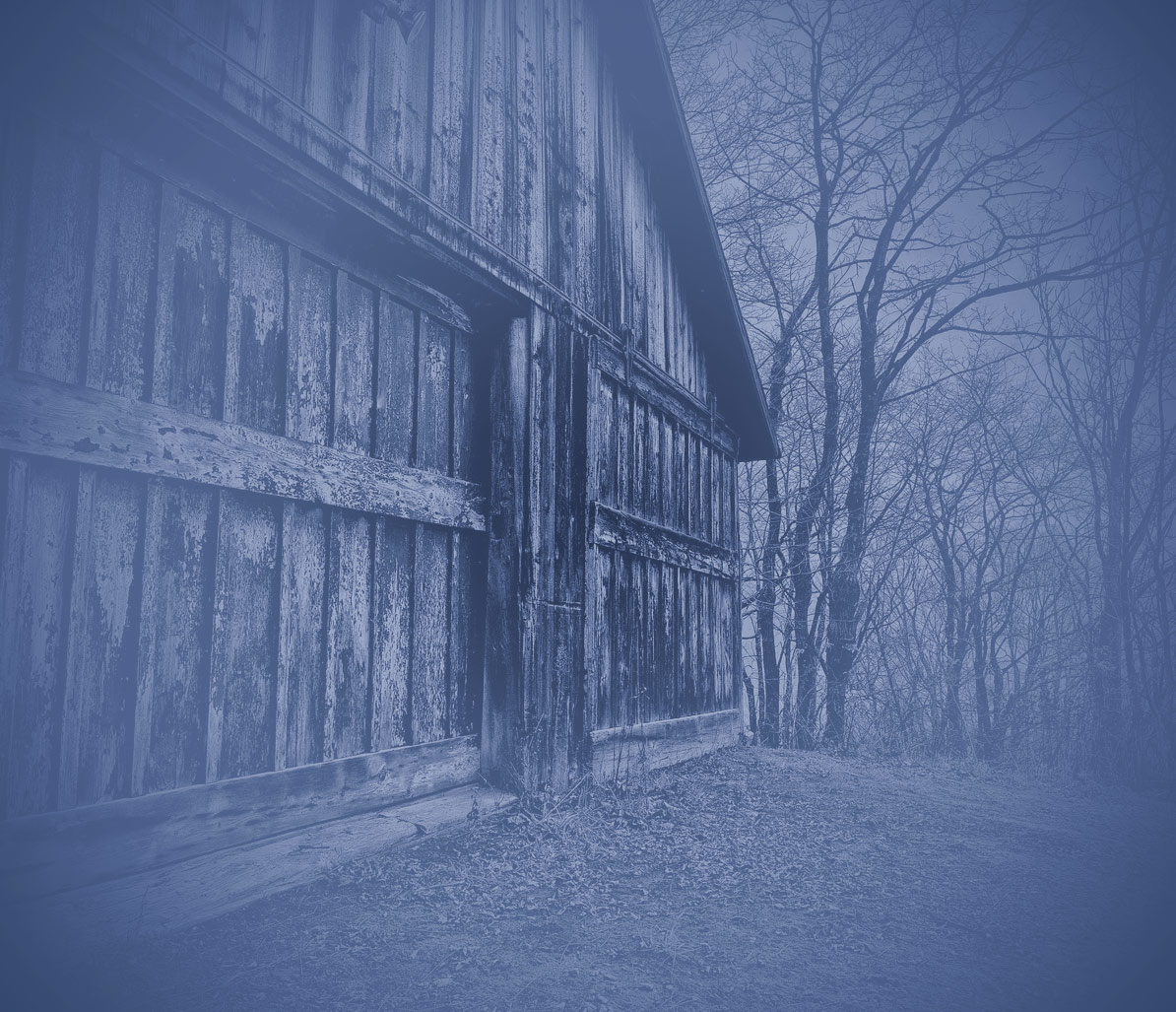Bartram among the Seminoles
Men sit in the hot house until stacked
spirals of cane burn back into carbon—
they know the time when nothing’s left
to tell it by. There are drawings of men
with the heads of turkey and bear,
and drawings of animals with the heads
of men. In the granary, a mouse sleeps
in the jaws of a rattlesnake,
it has been so charmed. Bartram’s clearly
lost, dreaming on pine needles
where the swamp turns into a stream.
I think he crossed the River Flint
where magnolia leaves stiff as parchment
fall to asphalt in a small town I’ve come
to consider cursed, though I am not prone
to superstition, only the occasional lapse
from reason or sly embellishment.
Where city fathers drained municipal pools
so the races would not commingle.
And the most peaceable creatures
are flayed, each in its own season.
*
The hunting camp’s gambrel hook swings
empty like a new letter in the alphabet,
character in a gothic syllabary. In the creek
beside the camp of red-necked augurs,
my father’s seen crawfish big as lobsters
feeding on guts. If anything keeps us
from spinning into chaos it’s the swamp
De Soto called “Toa” as he slunk through
in the 1550s. Mud can cure entropy—
I’ve plastered it on my chest and risen up
gargantuan from the pits. Once a rattlesnake
stretched clear across the road,
and I felt the tire-thump over its belly
in my own tailbone. The snake kept going
into the cane. Better not to have bones
if you’re in danger of being crushed.
Better to stay low and cultivate a presence.
The last time I was home there was a drought,
and really no reason for Oglethorpe Bridge,
so I drove back from where I’d come,
towards the smell of burning grass
in the new developments, where recent immigrants
rake embers on a lawn, paint melting
off the tines. From one window
there’s a dry lake, and my father sits
with his back to the scene, his fingers gnarled
into flower buds by a stroke. My description
is half hope, half irony. Bartram knew
that naming was a misguided enterprise.
No one’s sure where he was during 1774.
Likewise, this is an undocumented time.
The hornbeam is one long nerve between worlds.
If Bartram didn’t sleep in the woods
near my home what does it matter? No one told
the natives their enemy De Soto was dead,
his body loaded with sand and sunk
into the Mississippi, the “sire of many rivers.”
You’re invited anyway to fathom the publications
of this stream, the many lost volumes of mud
it took to call this land riverine.
After Bartram crossed the flooding
Flint, he had to go on alone.
His rations were low during July 1775.
Though his hand shook with hunger,
he took great care to draw a crane
he’d never seen before. In this way we depict
what we devour and dream of our fathers.
The mouse writhes in the belly of fire.
Bartram was starving and took the bird’s
roasted flesh to his own, his hands
black with ink or ash—who’s left to tell?
“Bartram among the Seminoles” first appeared in The Missouri Review, Vol. XXV, No. 2 2002.

